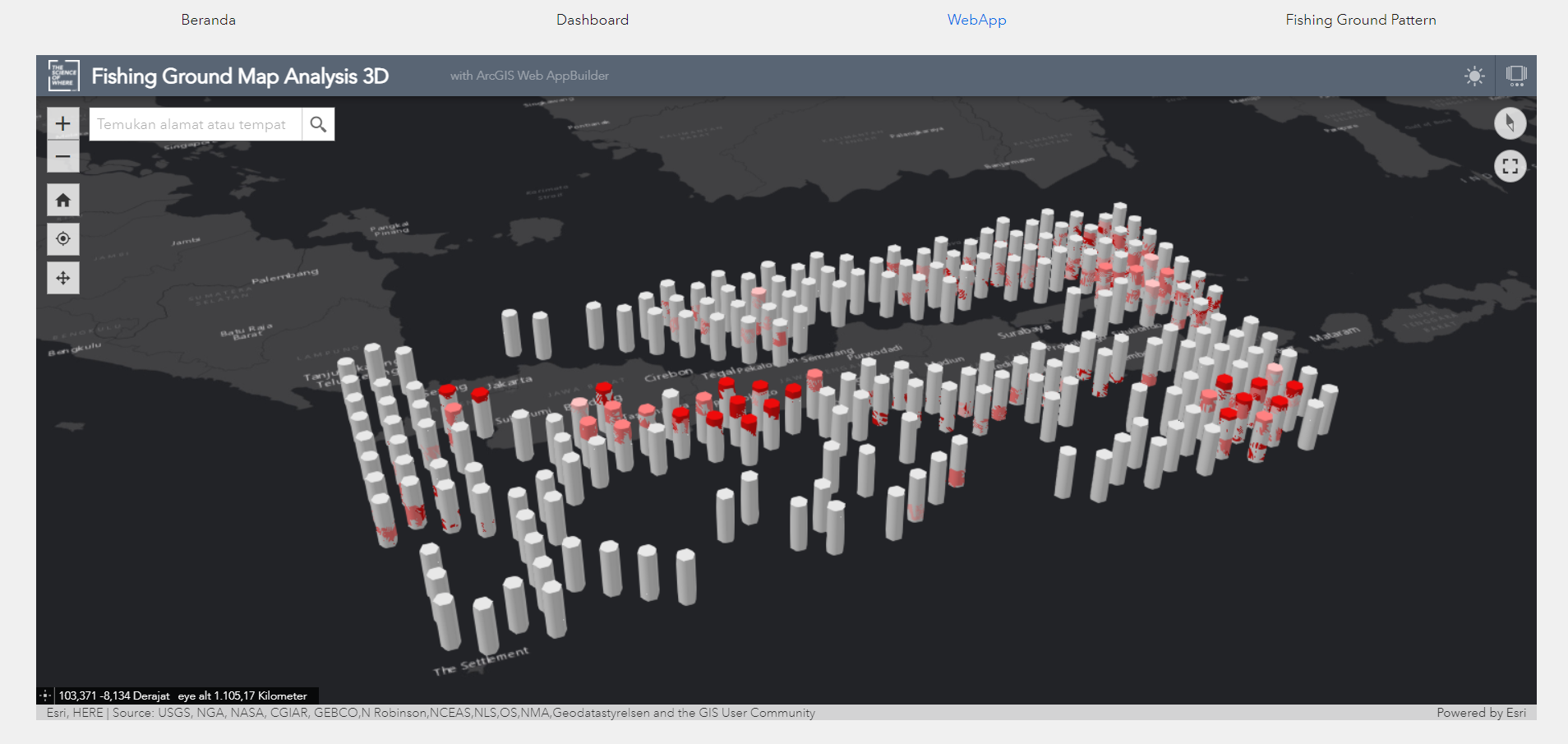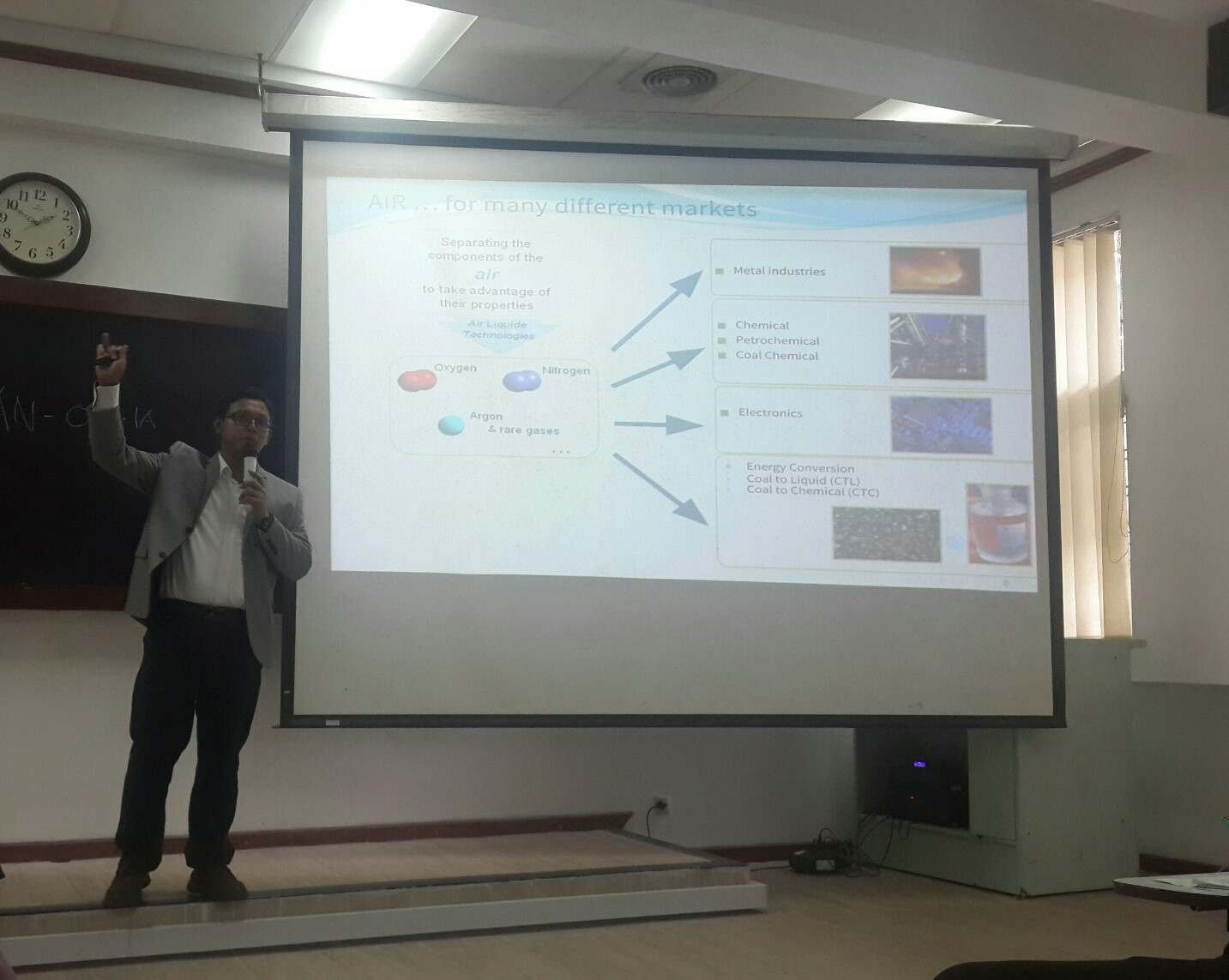Peeking at Java Tuna Watch Device, Made by Oceanography Student
By Adi Permana
Editor Adi Permana

BANDUNG, itb.ac.id—Muhammad Firman Nurrudin, an Oceanography ITB student, who has won the Esri Young Scholar Award 2021 competition, was given a chance to represent Indonesia along with his work at Esri User Conference 2021 and Esri Student Summit 2021.
Firman’s work entitled “Java Tuna Watch: Remote Sensing and GIS for Analyzing Tuna Fishing Ground Pattern in WPP RI 573 Area”, is a web-based program that utilizes Geographic Information System (GIS). This program can be used to map areas that are suitable to be made as Tuna Protected Area and as a data consideration for fishermen to determine the right time to catch tuna.
This Magelang, Central Java blooded fellow admitted that his interest in building this program was flickered by discussions he had with Pangandaran and Java South Beach fishermen.
“I used to discuss a lot with the fishermen. I found out that there has been a decline in catches lately. I then realized that there are problems in the fisheries sector.” He said this to Humas ITB reporter in a virtual interview, Sunday (2/5/2021).
Basically, works by modelling chlorophyll data and water surface temperature from Aqua Modis Satellite by using mathematical equation input. The data is used for acknowledging the location of small pelagic fish, which is prey for tuna fish. After being modelled, the data will reveal gathering points of the small pelagic fish. This later can be used as a reference to find the tuna fish location in the sea.
Furthermore, Firman explains that this device is interesting to be developed further, as it does not cost a lot and it is able to decipher another side of the ocean problems. However, he also admits that improvements are still much needed in this device, such as adding more and varied data and longer term in data usage. A bigger development team that involves experts in different sectors would also help.
“It was only a two month work. Hence, it still needs a lot of improvement in the amount and variety of data input, such as wave currents and wave data. This process might need a longer time. Moreover, I would need a team that can work together to improve this device to create more optimal output,” states Firman.
In the end of the interview session, Firman expressed his hope towards this device, to be possible to be improved more in the future so it can be really utilized by Indonesian fishermen. He also wishes for government policies-making to be based on research so that the marine sector can be more advanced in the future.
Reporter: Nur Rama Adamas (TPB, FTSL 2020)
Translator: Tamara Maharani Alamsyah (TPB FSRD 2020)

.jpg)
.jpg)
.jpg)
.jpg)
.png)

.jpg)
